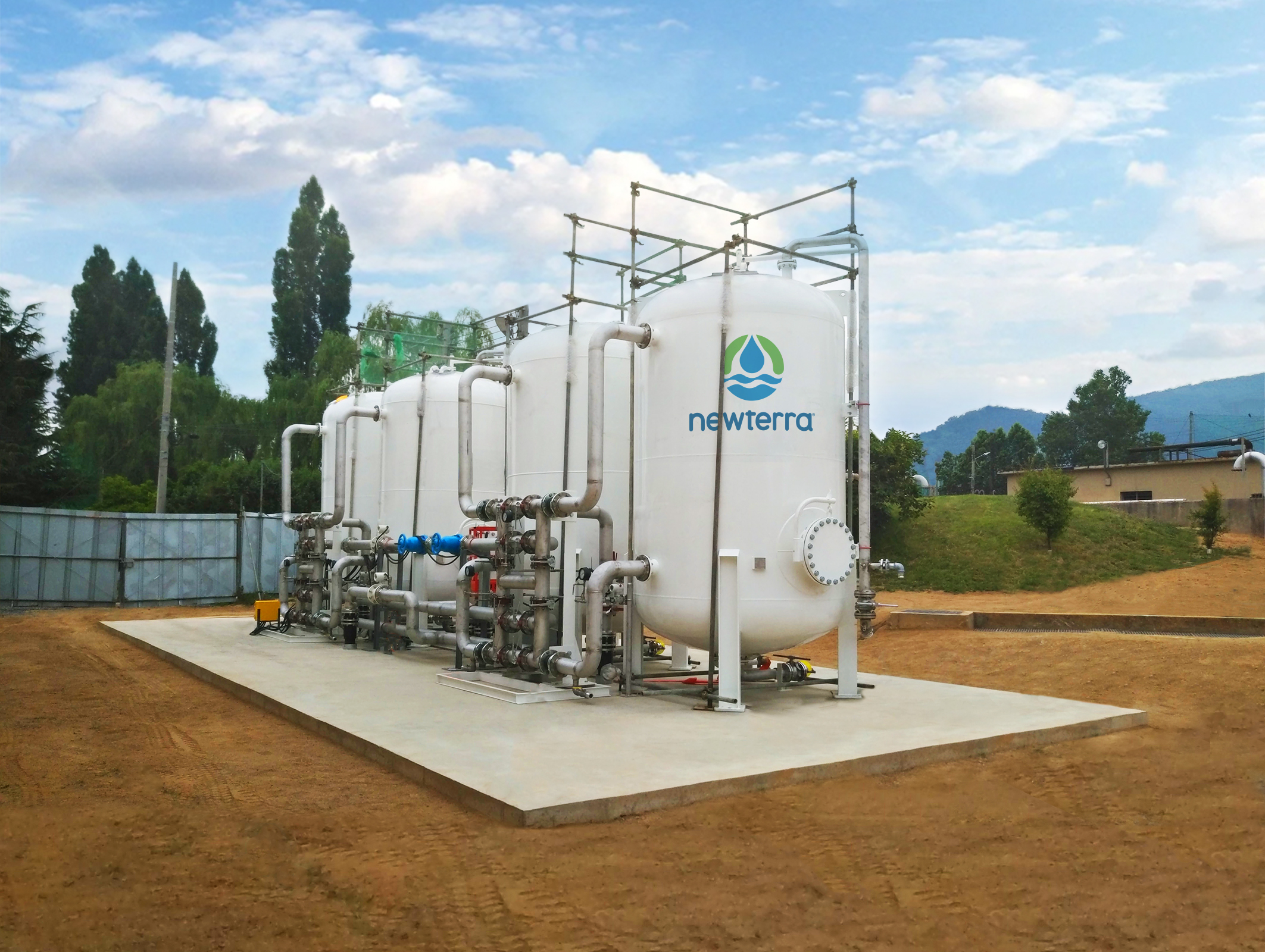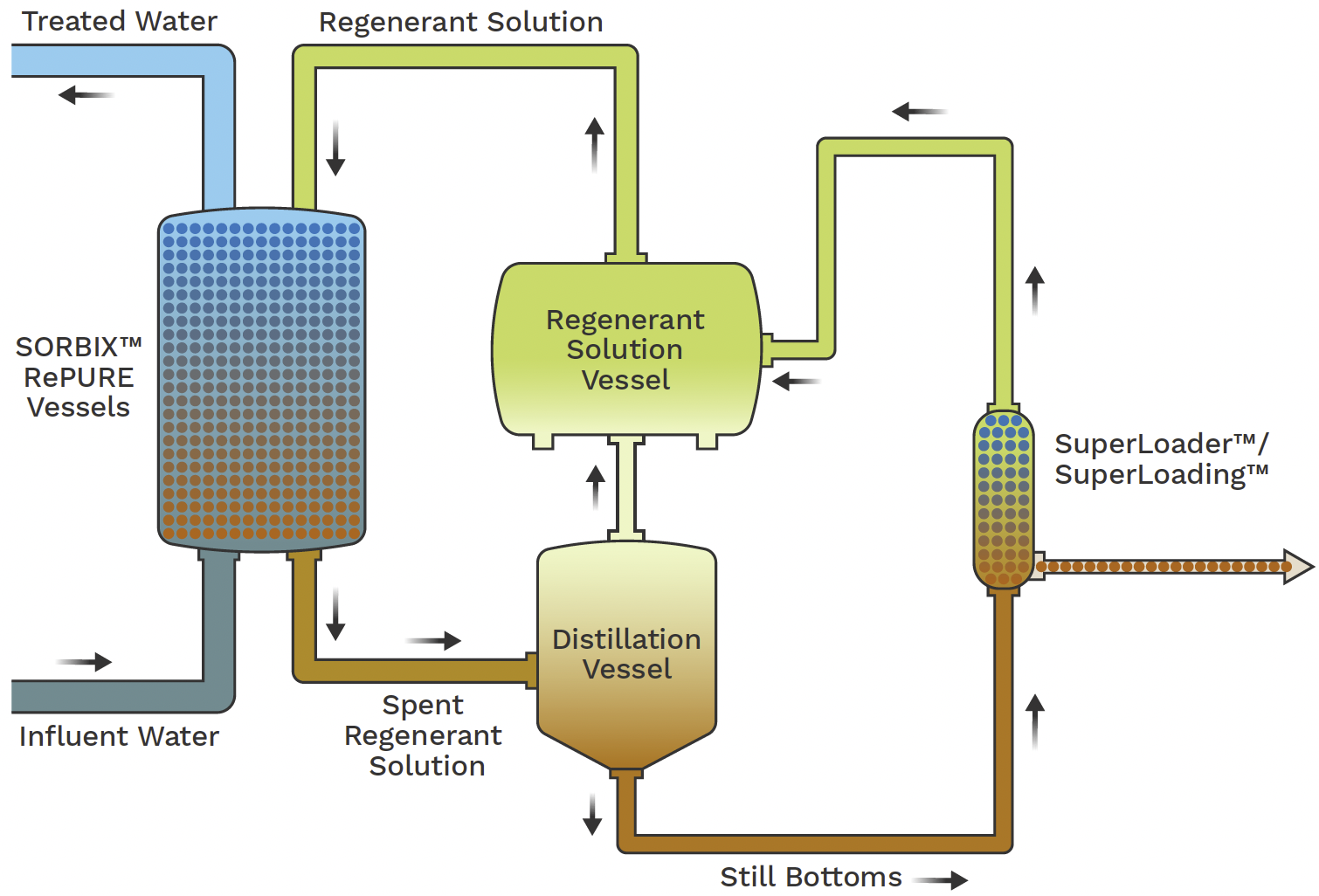The Complete Guide to Effective PFAS Treatment for Environmental Contamination
Wiki Article
Advanced Approaches for Effective PFAS Contamination Removal
The consistent challenge of PFAS contamination demands the expedition of advanced elimination methods that can successfully resolve these harmful compounds. Innovative modern technologies, such as sophisticated oxidation procedures and different adsorption techniques, have become appealing options in mitigating PFAS from influenced settings. The duty of regulative structures in shaping these modern technologies can not be neglected, as they determine the rate and direction of removal efforts. As we assess these innovative methods, it ends up being critical to assess their sensible applications and the broader implications for environmental wellness and policy.Comprehending PFAS Features
Although per- and polyfluoroalkyl materials (PFAS) have actually been extensively used in various industrial and consumer items because of their unique residential or commercial properties, their determination in the environment poses considerable difficulties to public health and wellness and safety and security. PFAS are a team of synthetic chemicals defined by a carbon-fluorine bond, among the toughest chemical bonds recognized, which adds to their outstanding security and resistance to degradation. This security allows PFAS to collect in the setting and living microorganisms, leading to potential damaging health and wellness impacts.These same residential or commercial properties contribute to their environmental perseverance, as PFAS do not quickly damage down via all-natural processes. Comprehending the chemical residential properties of PFAS is crucial for creating reliable methods to handle and reduce their ecological impact.
Ingenious Removal Technologies
The determination of PFAS in the environment has actually stimulated the advancement of ingenious remediation innovations focused on successfully removing these pollutants from influenced ecological communities. Among one of the most encouraging approaches are sophisticated oxidation procedures (AOPs), which utilize effective oxidants to break down PFAS substances right into much less harmful materials. AOPs can be customized to target specific PFAS frameworks, improving their efficacy.Another emerging technology is making use of adsorption media, such as activated carbon and ion exchange resins, which can uniquely capture PFAS from polluted water. These materials have shown considerable elimination performances, although routine replacement and regeneration are necessary to preserve performance.
Membrane layer purification techniques, consisting of reverse osmosis and nanofiltration, are also acquiring grip in PFAS remediation. These approaches can effectively divide PFAS from water, providing a viable service for dealing with infected sources. Furthermore, thermal treatment approaches, such as incineration, can break down PFAS into non-toxic by-products, though they require cautious management to control exhausts.
Collectively, these ingenious removal technologies represent considerable developments in the continuous battle against PFAS contamination, supplying different techniques to restore affected atmospheres and shield public health and wellness.

Bioremediation Methods
Bioremediation strategies offer an appealing strategy to dealing with PFAS contamination by harnessing the natural capabilities of microbes to degrade these consistent substances (m270 waste management). This approach entails the use of germs, fungis, and other germs that can metabolize or transform PFAS substances right into less unsafe byproductsCurrent improvements in molecular biology and environmental microbiology have boosted our understanding of microbial neighborhoods and their potential duties in PFAS destruction. Scientists are actively checking out particular strains of bacteria, such as Pseudomonas Read Full Report and Bacillus, which have demonstrated the capability to break down certain PFAS substances.
Sitting bioremediation strategies, where bacteria are stimulated directly in infected environments, can be particularly efficient. This technique usually entails the application of nutrients or electron benefactors to advertise microbial growth and task. In addition, ex lover situ approaches, such as bioreactors, permit for regulated problems that can maximize deterioration rates.
In spite of the pledge of bioremediation, challenges remain, including the intricate nature of PFAS compounds and the requirement for substantial area testing - m270 waste management. Continued r & d will be critical to fine-tune these strategies and evaluate their effectiveness in varied environmental contexts
Adsorption and Filtration Approaches
Dealing with PFAS contamination frequently includes utilizing adsorption and filtering approaches, which are created to get rid of these relentless chemicals from water and dirt. Among the various methods, triggered carbon adsorption is extensively used as a result of its high surface location and porosity, enabling reliable capturing of PFAS molecules. Granular triggered carbon (GAC) systems are specifically preferred for treating large volumes of contaminated water, while powdered triggered carbon (POLITICAL ACTION COMMITTEE) can be utilized for smaller-scale applications.Ion exchange resins also reveal promise in PFAS removal, working by exchanging PFAS ions with less hazardous ions in the water. This approach has actually shown effectiveness in focusing PFAS substances, facilitating their subsequent elimination. In addition, membrane go to my site layer filtering techniques, such as reverse osmosis and nanofiltration, operate by making use of semi-permeable membranes to separate PFAS from water, effectively lowering their focus.
While these methods are efficient, they should be thoroughly selected based upon the details PFAS substances present and web link the environmental context. Continuous developments in materials scientific research and engineering are causing the advancement of unique adsorbents and filtration systems that improve removal performances and minimize operational expenses, thereby improving general removal initiatives.
Regulatory and Policy Factors To Consider
How can efficient regulatory frameworks boost the administration of PFAS contamination? Extensive policies are vital to ensure a worked with and robust response to the difficulties presented by per- and polyfluoroalkyl materials (PFAS) Rules can develop clear guidelines for monitoring, reporting, and remediating PFAS-contaminated websites, fostering responsibility amongst industries and public entities. (m270 waste management)
Additionally, monetary incentives and gives can be incorporated into policies to encourage the adoption of sophisticated remediation modern technologies. Policymakers need to additionally focus on r & d, making certain that emerging techniques for PFAS removal are verified and executed efficiently.
Additionally, public recognition and involvement are vital parts of any kind of regulative technique, equipping communities to promote for their health and wellness. Ultimately, a well-structured regulative environment will certainly not just improve the administration of PFAS contamination however additionally promote lasting practices that protect future generations.
Verdict
In summary, the complexity of PFAS contamination requires the adoption of sophisticated removal techniques. Continued research and development in this area remain essential to attending to the challenges positioned by PFAS contamination.Report this wiki page